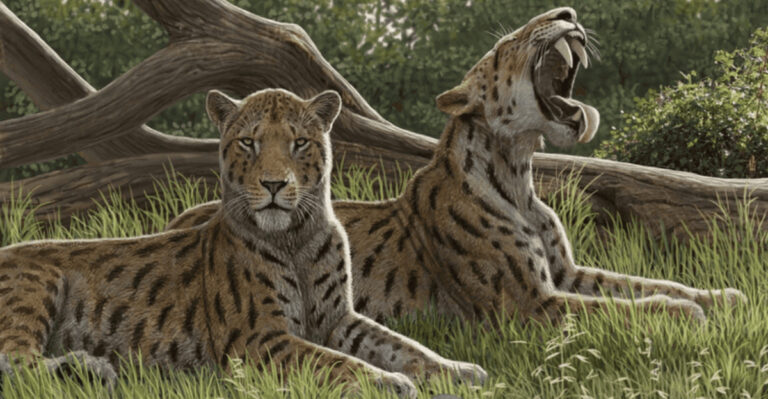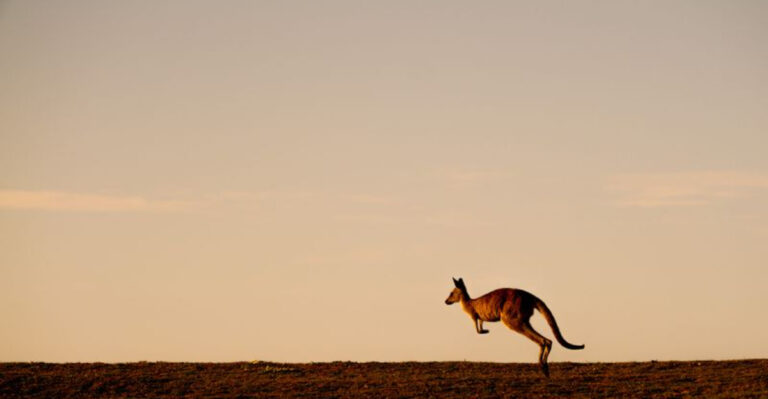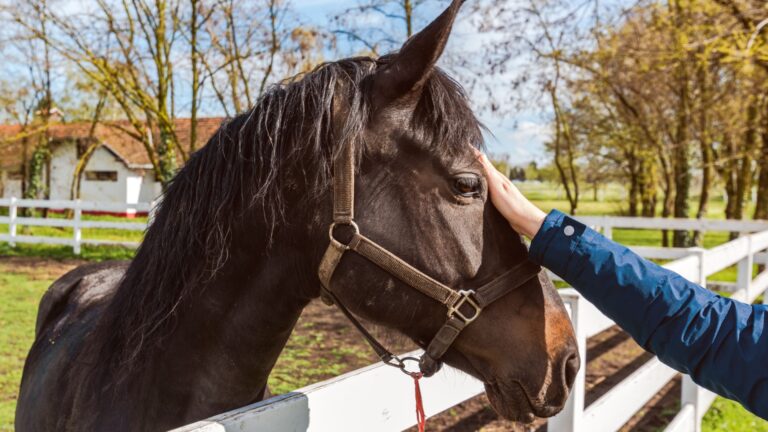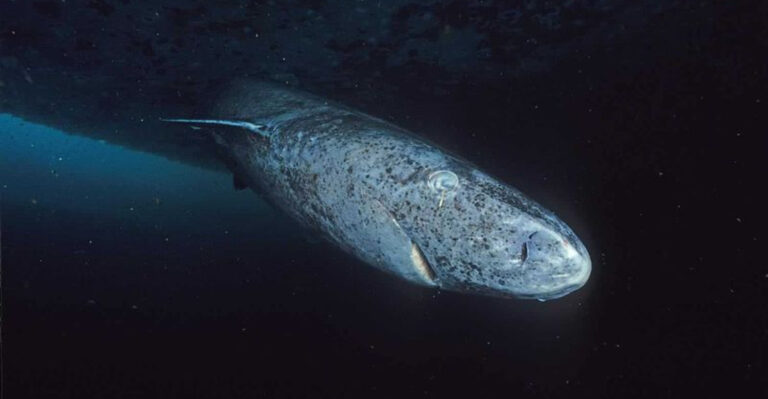10 Reasons Why Great White Sharks Don’t Belong in Aquariums (And 5 Reasons They Thrive In The Wild)
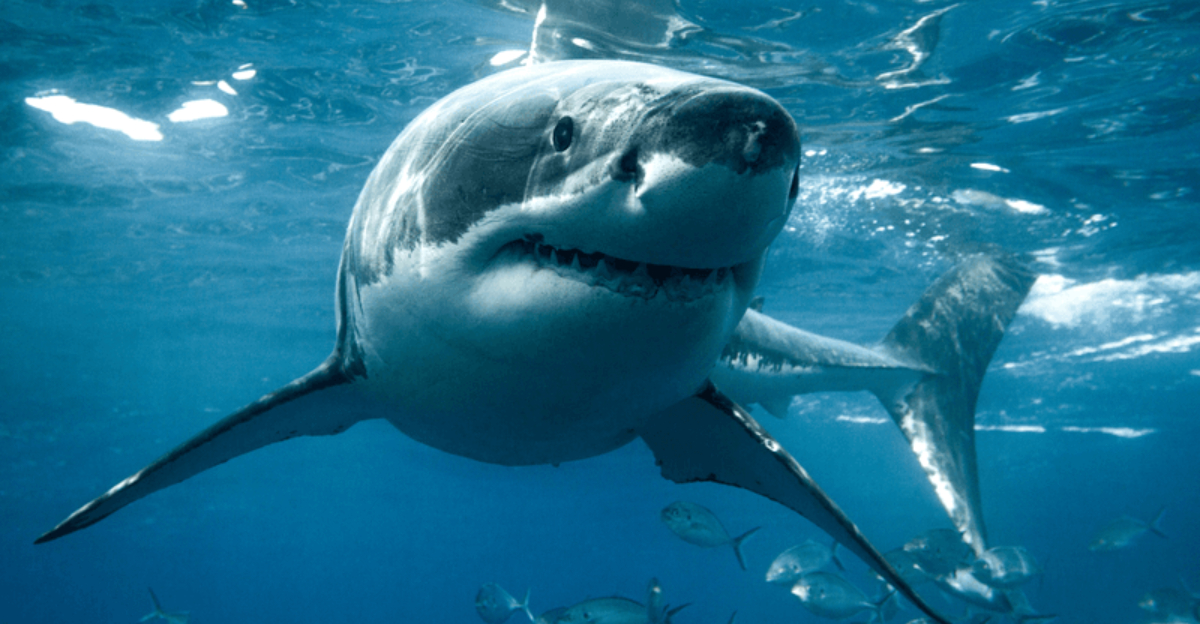
Great White Sharks are magnificent ocean predators that play a crucial role in maintaining healthy marine ecosystems. These iconic creatures have captured our imagination through documentaries, movies, and their impressive hunting abilities.
However, there’s heated debate about keeping these massive predators in captivity versus allowing them to roam freely in their natural habitat.
1. Cramped Living Quarters
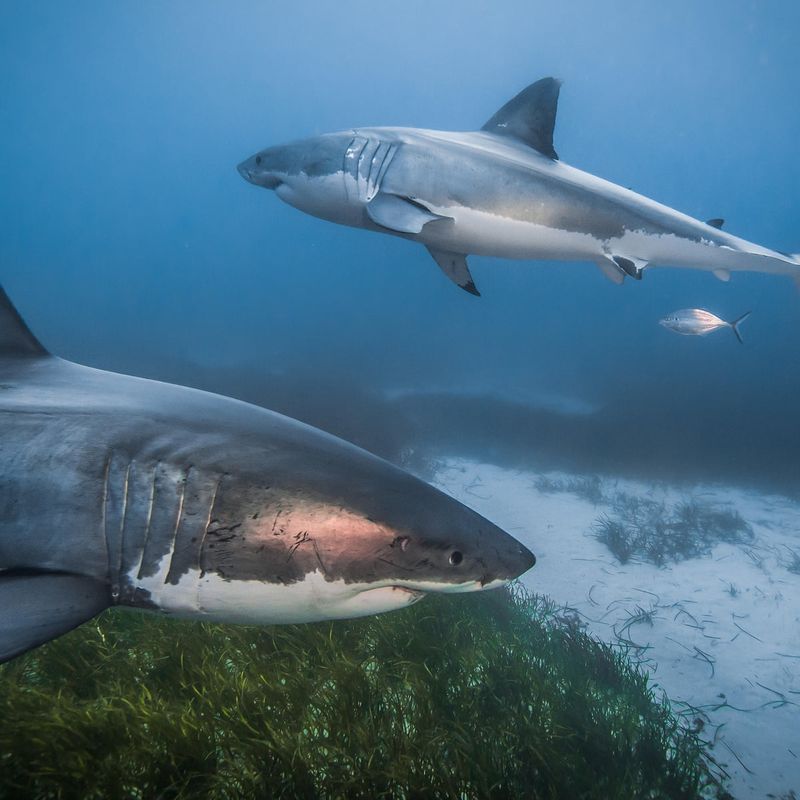
Even the largest aquariums can’t replicate the vast ocean territories Great Whites naturally patrol. These sharks typically travel up to 50 miles daily and dive to depths of 3,900 feet.
Imagine confining a marathon runner to a small bedroom forever—that’s the equivalent for these ocean wanderers.
2. Captivity-Induced Depression
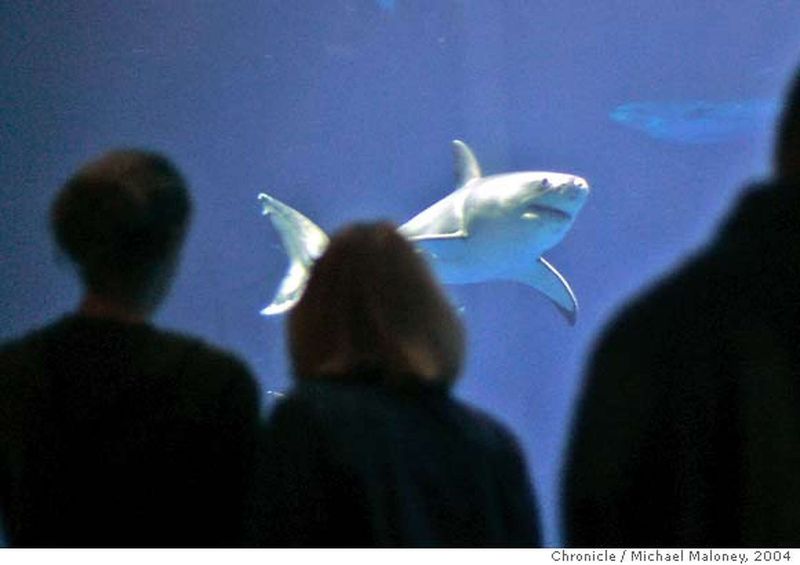
Sharks in captivity often develop what marine biologists call ‘stereotypic behaviors’—repetitive swimming patterns indicating severe mental distress. Most captured Great Whites refuse to eat and rapidly lose weight.
One famous case at Monterey Bay Aquarium lasted just 198 days before release became necessary for survival.
3. Hunters Without Prey
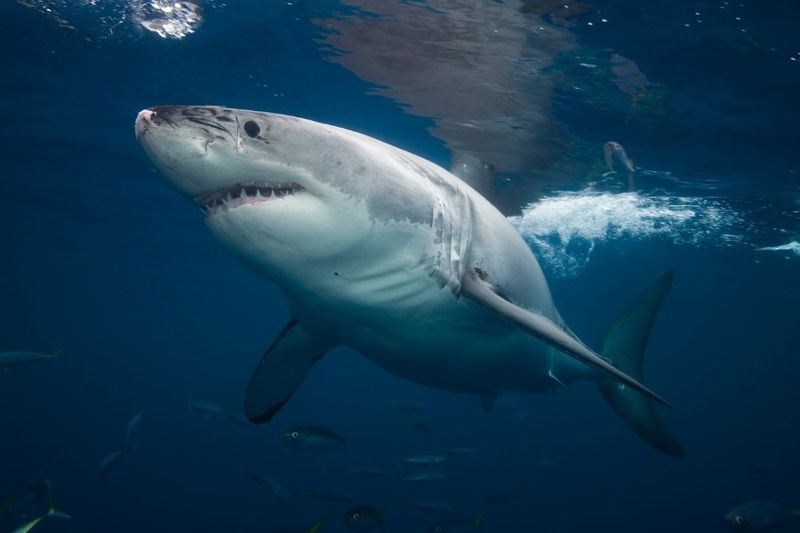
Born to hunt, Great Whites possess sophisticated sensory systems designed for detecting prey across miles of ocean. Their hunting techniques involve stealth, speed, and precision—skills wasted in captivity.
Feeding them dead fish eliminates their natural predatory behaviors, like a chess grandmaster reduced to playing tic-tac-toe.
4. Impossible Nutritional Needs
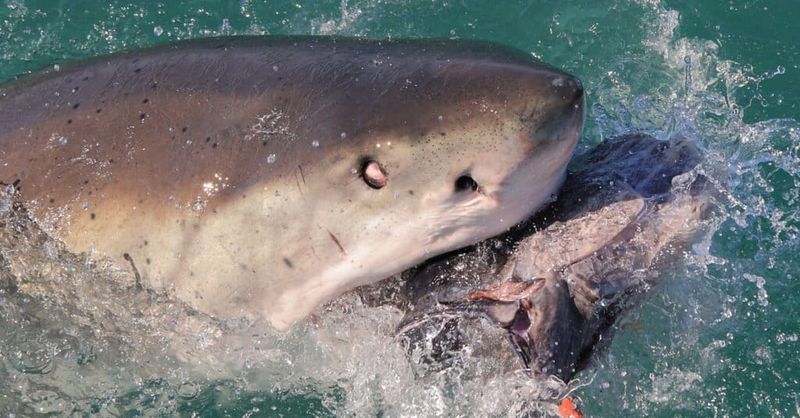
Wild Great Whites feast on seals, sea lions, and other marine mammals—consuming up to 11 tons of food yearly! Their metabolism requires sporadic large meals rather than regular small feedings.
Aquariums struggle to replicate this feast-or-famine pattern, leading to nutritional deficiencies that compromise their health.
5. Glass Wall Syndrome
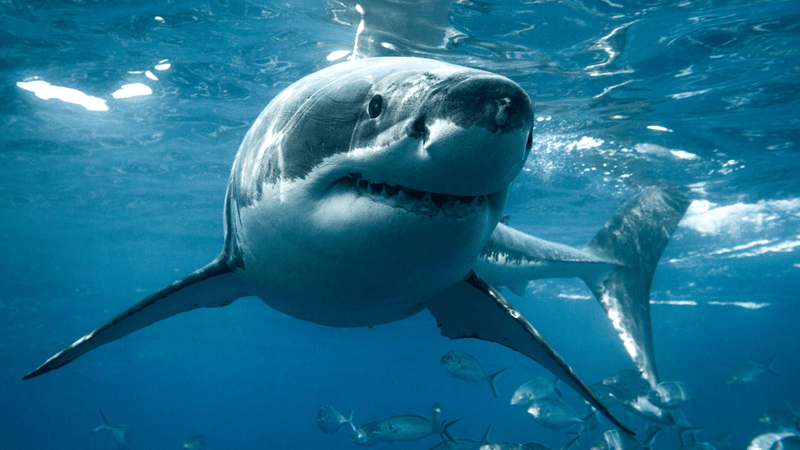
Unable to understand transparent barriers, captive Great Whites frequently crash into aquarium walls. Their electroreception sensors—designed to detect prey in murky waters—become confused by electrical equipment in tanks.
Many sharks develop nose abrasions and damaged teeth from repeated collisions with invisible boundaries they can’t comprehend.
6. Sensory Deprivation
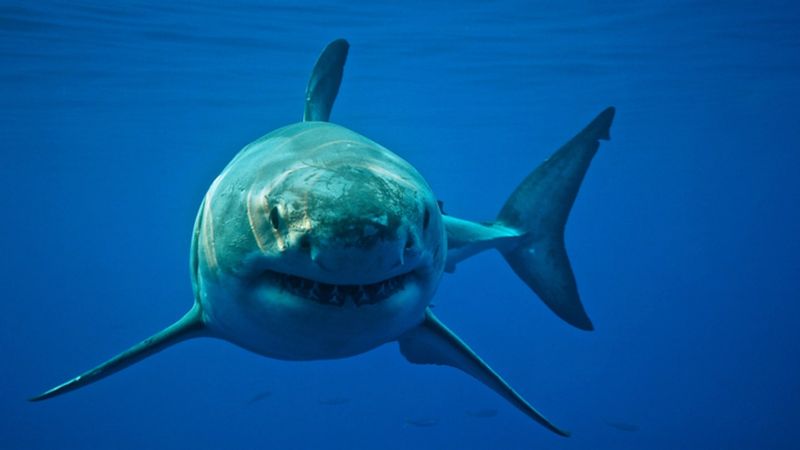
Great Whites possess extraordinary senses that detect electrical fields, blood droplets from miles away, and subtle water vibrations. Aquarium environments overwhelm these finely-tuned systems with artificial stimuli and echoes.
Imagine wearing ultra-sensitive headphones in a constant rock concert—that’s daily life for captive sharks.
7. Transport Trauma
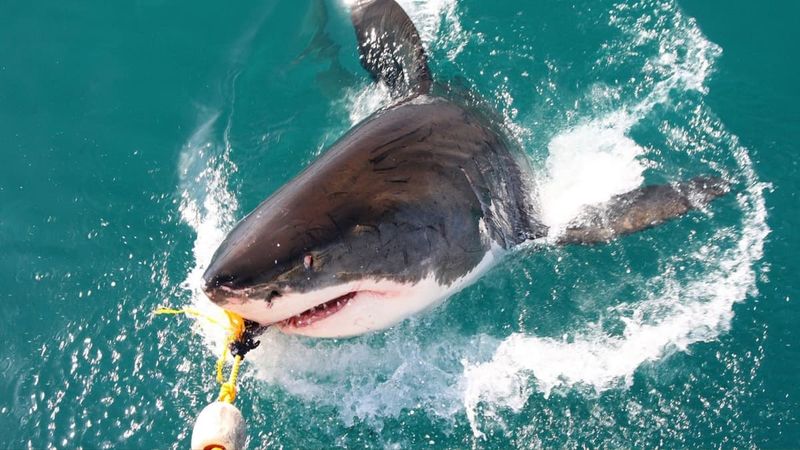
Capturing these massive predators involves stressful pursuits and handling. During transport, water must be continuously pumped over their gills to prevent suffocation.
Many sharks die before even reaching aquariums. Others experience permanent stress responses similar to PTSD in humans, never recovering from the capture experience.
8. Deadly Track Record
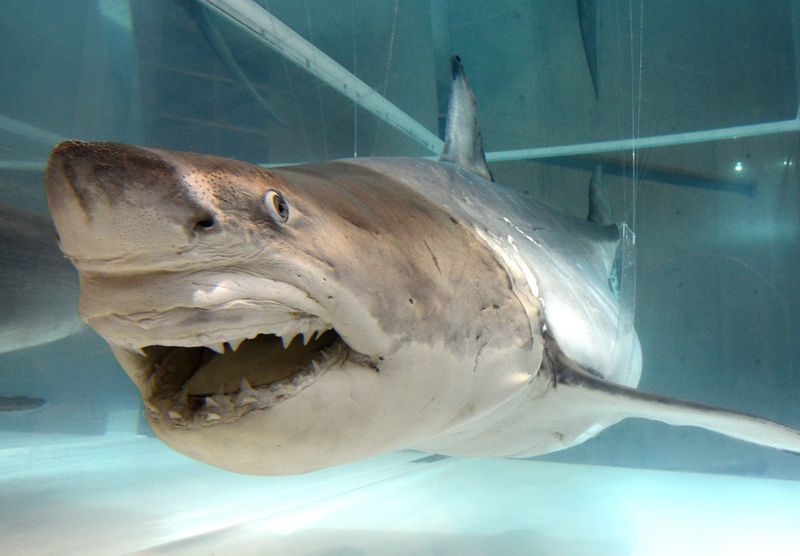
History speaks volumes: nearly every Great White placed in captivity has died within days or weeks. The Monterey Bay Aquarium’s record-setting 198-day captivity ended when the shark stopped eating.
The longest-surviving captive Great White lasted just 16 days in Japan’s Okinawa Churaumi Aquarium before dying in 2016.
9. Conservation Contradiction
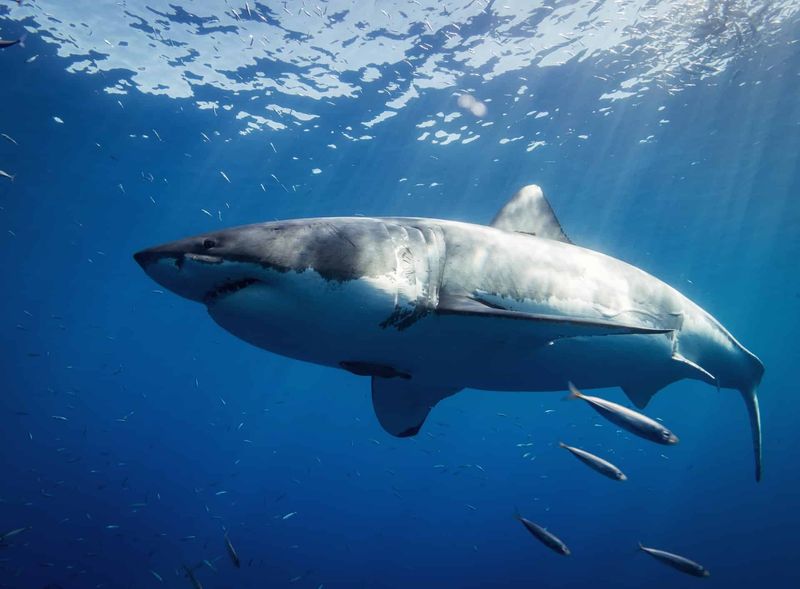
While aquariums claim educational value, capturing endangered Great Whites contradicts conservation efforts. Removing apex predators disrupts marine ecosystems they help regulate.
Every captured shark means one less breeding adult in already vulnerable wild populations, where females don’t reproduce until age 33 and have few pups.
10. Breeding Impossibility
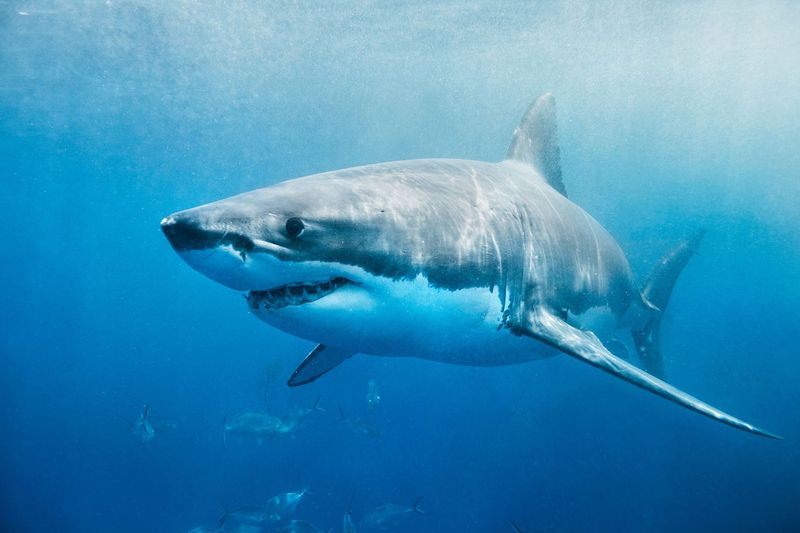
No Great White has ever successfully mated in captivity. Their complex courtship behaviors require vast oceanic spaces and specific migration patterns that trigger reproductive hormones.
Without breeding success, each captured shark represents a genetic dead-end—further threatening a species already classified as vulnerable to extinction.
11. Freedom To Roam
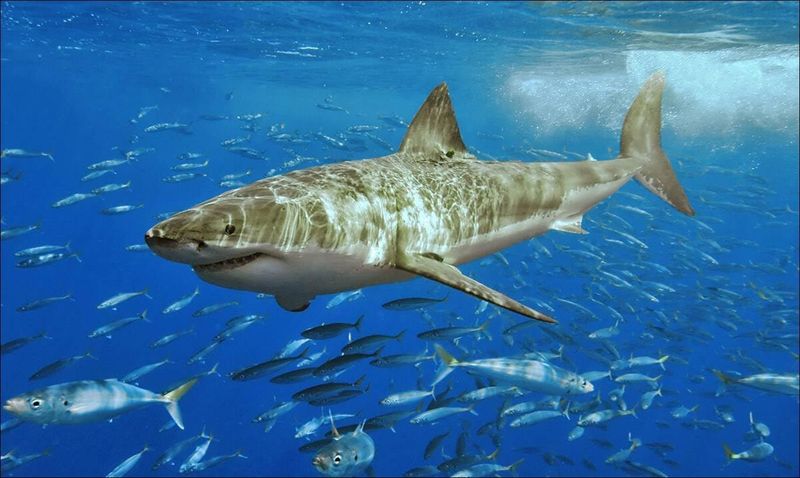
Great Whites are nature’s ultimate nomads, with individuals tracked traveling over 12,000 miles annually between Australia and South Africa! Their bodies evolved for constant movement across ocean basins.
This migratory instinct allows them to find optimal hunting grounds and potential mates across hemispheres—impossible to replicate in any human-made environment.
12. Perfect Predator Diet
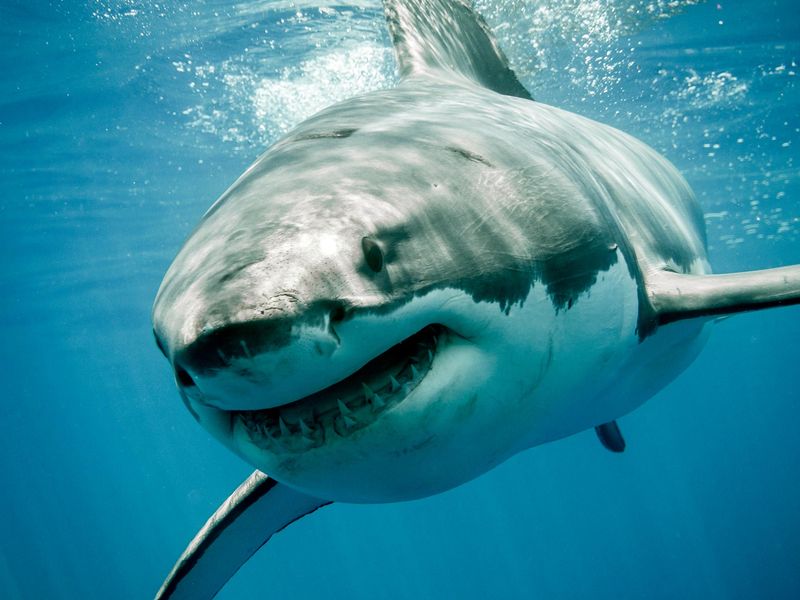
Wild Great Whites enjoy nature’s buffet—seals rich in blubber, fish, sea turtles, and even whale carcasses. This varied diet provides essential nutrients supporting their massive bodies.
Young sharks feed primarily on fish before graduating to marine mammals. This natural progression ensures proper development throughout their 70+ year lifespan.
13. Nature’s Balance Keepers
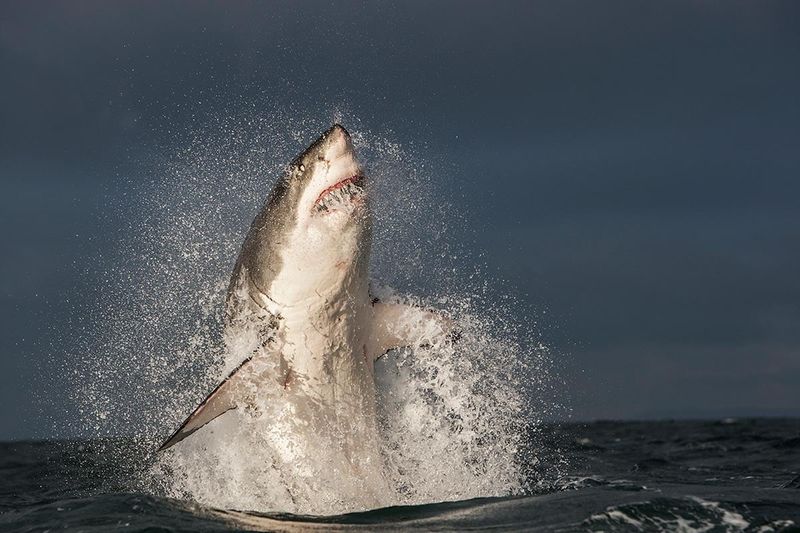
As apex predators, Great Whites target sick or weak prey, strengthening overall population health of species below them. Their predation prevents seal overpopulation that would devastate fish stocks.
Remove sharks from this equation, and entire marine ecosystems unravel—showcasing why they belong in oceans, not tanks.
14. Masters Of Adaptation
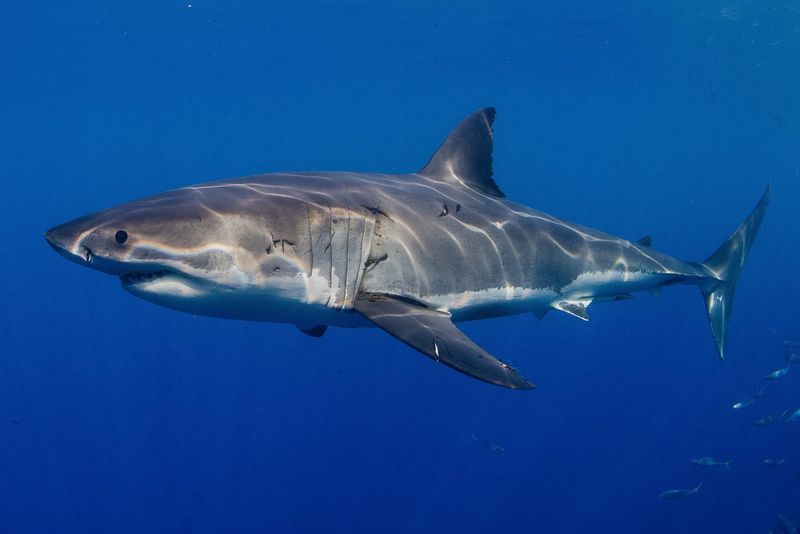
Great Whites possess remarkable adaptability, thriving in waters from 54-75°F through specialized blood vessels that conserve body heat. This unique system allows them to hunt in cold waters where prey can’t escape quickly.
Some populations seasonally migrate thousands of miles to breeding grounds called “White Shark Cafés” in mid-Pacific.
15. Born Free Hunters
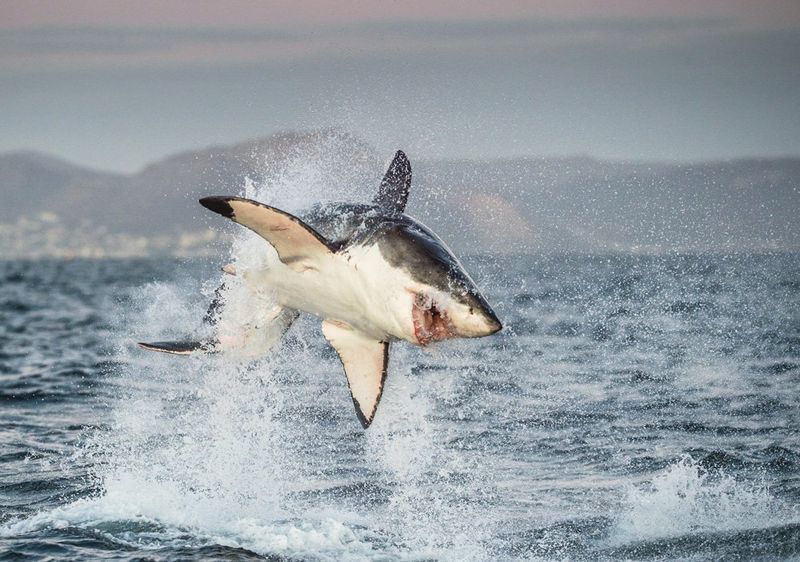
Baby Great Whites emerge fully equipped with hunting skills—no parental training needed! At birth, they’re already 4-5 feet long with functional teeth and predatory instincts.
Young sharks instinctively know to avoid larger sharks, including their mothers. This independence is programmed into their DNA, making captivity particularly unnatural for this self-sufficient species.

